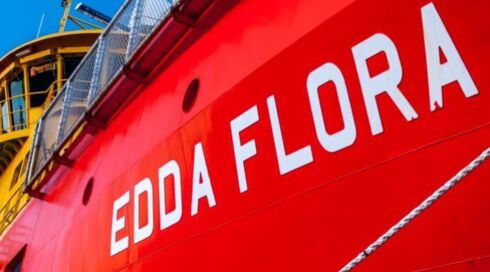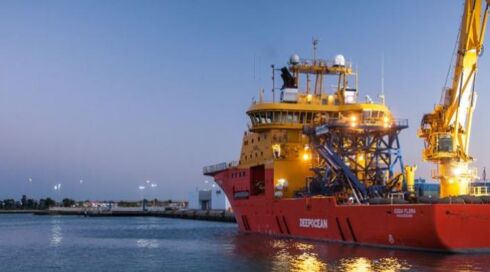31 July 2015
As many graduates have experienced, it’s not only the lectures at university that they have to listen to, but also from their parents. The ‘when are you getting a real job’ discussion is a common one for most students, especially for Geophysicist Neil Carey. Neil talks to Atlas about his career offshore and exploring the oceans worldwide.
‘The phone call’
“After I had left university, I was working in bars and restaurants and leading a typical student life. I remember my Dad calling me one day and asking me what I wanted to do with my life,” laughs Neil. “As I was studying Geology at St Andrews University my Dad found an advertisement in our local paper that he thought would be of interest to me. The advertisement was for Svitzer (which has now been taken over by Fugro) who at the time were hiring trainees, so I went to the interview. I soon found out that I had got the job and I spent the next two years with the company.”
Identifying the Hazards
Since then, Neil has built a 15 year career in the offshore industry and has even formed his own consultancy company, Carey Offshore Services Ltd, “When I’m on a project I usually get up for 6am ready for the handover; we are then briefed in the events from the previous night and take a look at the collected data. On my last project, I was involved in the visual eventing for a pipeline inspection. As the ROV scans the pipeline, my job is to look out for any man-made or environmental issues that may cause damage to the pipeline. Damages can come from a variety of things such as fishing trawler boats or fish scouring underneath the pipeline and eradicating the support for the pipeline. With software we can place markers at the site of damage which helps us to keep track of its location.
When we do site surveys for the pre-installation of a rig or a pipeline we may also conduct some field work such as soil and core samples, I quite like those jobs as you get to go out on deck and get involved with the testing: it’s better than being sat in front of a computer all day.”
Plan B
In some circumstances, the Geophysics teams need to think of a plan B for the offshore construction, “I remember on one project, I was overlooking some 2D digital data and we found some pockets of shallow gas, only 700 meters or so below the surface. Locations such as this can cause problems to the operations as they start to drill into the pocket it can cause an uncontrolled release of gas to travel back up the well they are drilling. So from this observation, we created a hazard analysis chart where the client could select an alternative location. We always have a plan B where we can use data taken from the site or from the client to identify the best location for construction.”
Growing a thick skin
“I would say that you would need to have an outgoing personality to be a part of this industry, there’s a lot of banter around the boat so you need to learn how to deal with that,” laughs Neil. “You need the ability to get on with people; while you’re not working on a small boat it’s not massive either, so you will be in close proximity with people.
I think my time at university working in restaurants and bars developed my customer service and people skills which helps a lot when you’re working in a team. I have been very lucky in my career as I get to meet new people every day, travel to some of the most exotic and remote places on earth and explore the elements of the Oceans, what could be better than that?”
.png)
.png)


